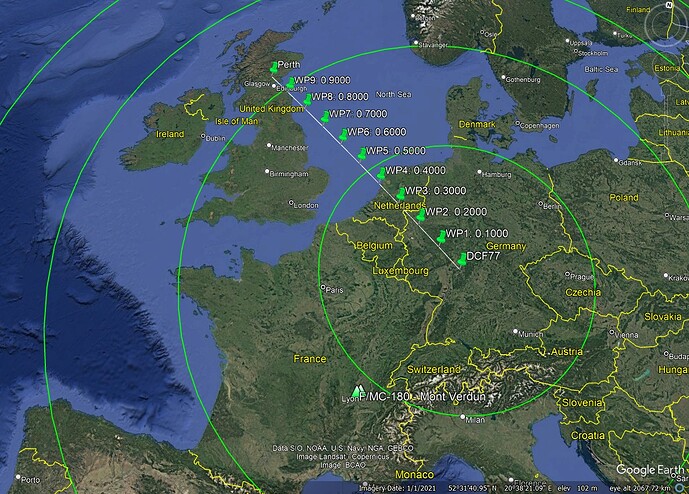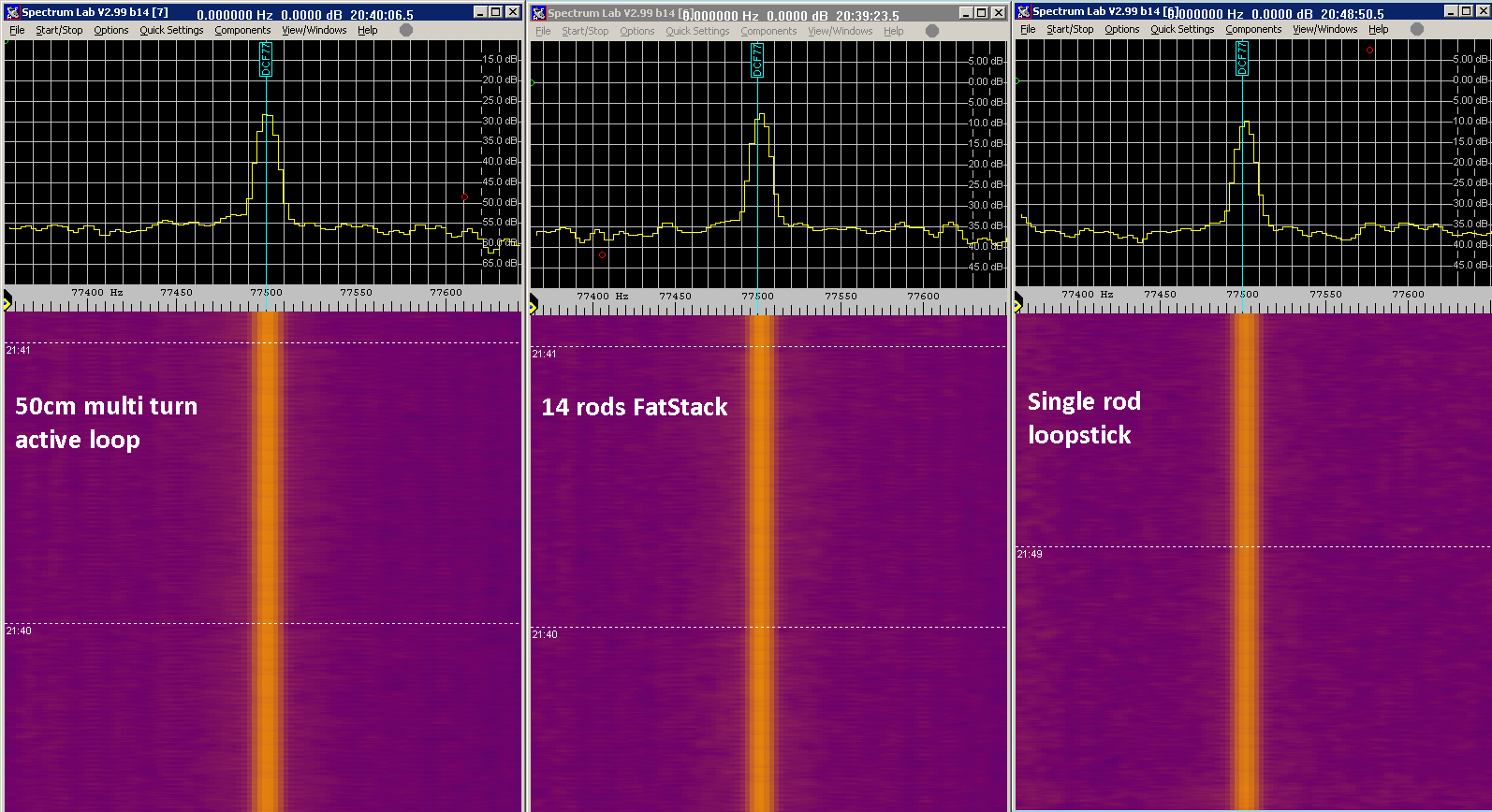Many people derive enjoyment and relaxation from building complex jigsaws. And ‘purists’ will undertake this often-lengthy task without reference to the picture on the box. Initially, there are just a few edges and a corner or two. Later on, small clusters of pieces come together offering a partial glimpse of the full vista. Eventually more substantial areas emerge, and these assist in an accelerating journey to completion.
Developing a sound understanding of radio propagation can follow much the same path. Though, by contrast, timescales can be measured in years, pinpointing the complexity of the topic.
As many know already, propagation behaviour is a strong function of frequency. What happens at VLF is unlike HF, while VHF and UHF are different again. And indeed there are other important factors including the ionosphere and troposphere, time of day and year, the Sunspot cycle, shorter-timescale ionospheric events and so forth. Physical location: on a summit, on an open plain, by salt water etc, with their many aspects and ground conductivities, all matter to varying degrees. Signal polarisation and take-off angles are typically major players. You may well know of more.
And even the experts talk only of probabilities and expectations. There are far fewer certainties in radio propagation than found, say, in the fields of engineering and mathematics. Yet it can be this very uncertainty that draws people into ham radio and associated professional fields.
Today, I offer a couple more pieces for your propagation jigsaw. Chris @DL1CR continues to do good work on 630m. For many, this is a specialist yet intriguing band. Earlier discussions on here covered the propagation of the DCF77 time signal on 77.5kHz from its transmitting site at Mainflingen, in southern Germany.
Encouraged by the above, I recently purchased a budget DCF77 clock. My QTH in eastern Scotland is some 1087km from Mainflingen; the full path is shown in the image below. As you can see, having crossed southern Germany, the signal has an easy journey over the (flat) Netherlands to the North Sea. At this point, it has completed some 40% of its trip. Nearly all the remaining path is over the highly-conductive, low loss, salt water of the North Sea.
The Mainflingen station uses VERTICALLY polarised antennas to deliver a GROUND-WAVE signal on 77.5kHz. The ‘bottom part’ of the wave-front, closest to the ground, is actually conducted by the ground / water over which the signal is passing. There is a resultant ‘drag’ on the lower part of the wave. This causes some forward inclination, encouraging the wave to follow the curved surface of the Earth. See Ref 1 below.
At distant (1000km+) locations from DCF77 there is a big difference between the day-time signal strength (ground-wave only) and the night-time signal strength (ground-wave + sky-wave). Using my TS-590SG + 40m dipole, here DCF77 is S4-S5 during the day, and about S7 at night.
I unpacked my new DCF77 clock early one afternoon. I fitted the two AAA batteries and placed it on an upstairs bedroom window-sill, looking out on a bearing of some 125 degrees towards Mainflingen.
It is more than an under-statement to say I was extremely surprised to see it lock onto the DCF77 signal in about 2 minutes ![]() This is with the low S4-S5 daytime signal level. It has now been locked, day and night, for several weeks. What is more, the setup allowed me to adjust the display by -1 hour, to show UKT rather than the default CET.
This is with the low S4-S5 daytime signal level. It has now been locked, day and night, for several weeks. What is more, the setup allowed me to adjust the display by -1 hour, to show UKT rather than the default CET.
This experience has certainly fitted a few more pieces into my propagation jigsaw ![]()
73 Dave
Ref 1 - Propagation and Radio Science by Eric Nichols, KL7AJ. Published by ARRL, 1st edition 2015.
The circles in the image below are at 500, 1000, 1500, and 2000km from DCF77.

